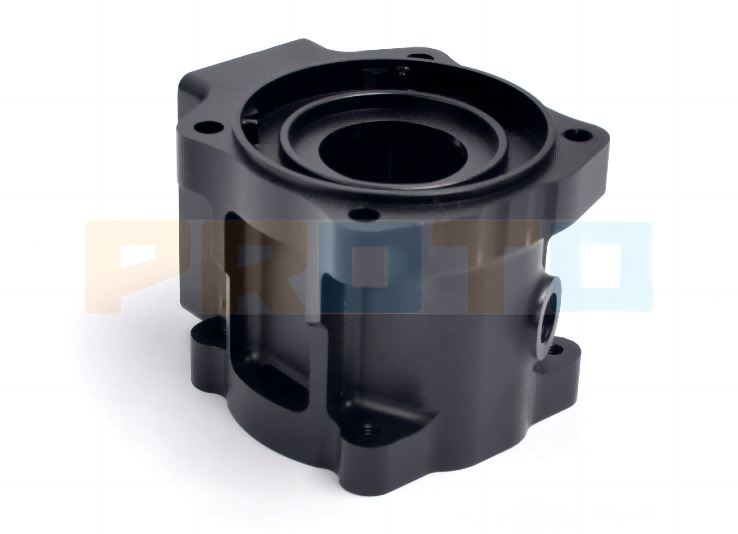Black oxide coating is a conversion coating formed by a chemical reaction between the iron
in steel and the oxidizing salts in the black oxide solution, providing a black finish and enhancing corrosion resistance.
Black oxide coating, also known as blackening or bluing, is a popular surface finish used in various industrial applications. This coating provides a durable, corrosion-resistant layer on metals that enhances their aesthetics and increases their durability. In this blog post, we will take a deep dive into the different aspects of black oxide, including its material properties, processing methods available, and its applications in different industries and parts.
1. Materials Properties:
Black oxide is a form of conversion coating that is created by a chemical reaction between iron, steel, or stainless steel surfaces and an oxidizing agent. The process forms a magnetite layer that has a matte black finish, which also provides resistance to abrasion and corrosion. This coating is micro-porous, which means that it helps to trap oils, waxes, and greases for lubrication purposes.
2. Available Processing Methods:
There are two main processing methods used for black oxide coating, hot and cold. Hot black oxide is a dipping process that involves immersion of the metal parts in a tank or furnace containing an alkali salt mixture heated at high temperatures. Cold black oxide, on the other hand, is a room temperature process that uses a mixture of oxidizing salts and dyes to create a colored layer on the metal surface.
3. Industry Applications:
Black oxide coating is a cost-effective way to add unique aesthetic value and increase protection to various metal parts across different industries. It is commonly used in the firearm industry, as it provides a uniform matte black finish that reduces glare and promotes durability. The automotive industry also uses black oxide on engine parts and structural members to improve the wear resistance and appearance.
4. Parts Applications:
Black oxide coating can be applied to a broad range of metal parts, including screws, bolts, nuts, washers, and even larger structural frames. It is used in machinery construction, plumbing, various industrial equipment, and many others. The medical industry also uses black oxide on surgical tools to reduce reflections, improve wear resistance, and increase the biocompatibility of the tools.
5. Advantages and Disadvantages of Black Oxide Coating:
Black oxide coating has its pros and cons, which companies should take into consideration when choosing this coating. On the positive side, black oxide is cost-effective, enhances corrosion resistance, and can add aesthetic value to parts. On the negative side, this coating does not have the same level of hardness as other coatings, such as electroless nickel or hard chrome, and can be affected by cleaning solutions or chemicals.
In conclusion, black oxide coating is a versatile and cost-effective way to add a protective layer to metal parts and provide unique aesthetics. With different processing methods available and a broad range of applications, black oxide remains a popular surface treatment in various industries. Understanding its properties and potential advantages and disadvantages is crucial in choosing the appropriate coating for a particular application.
